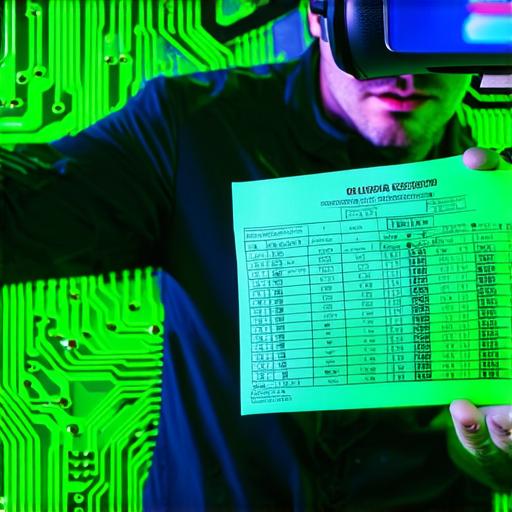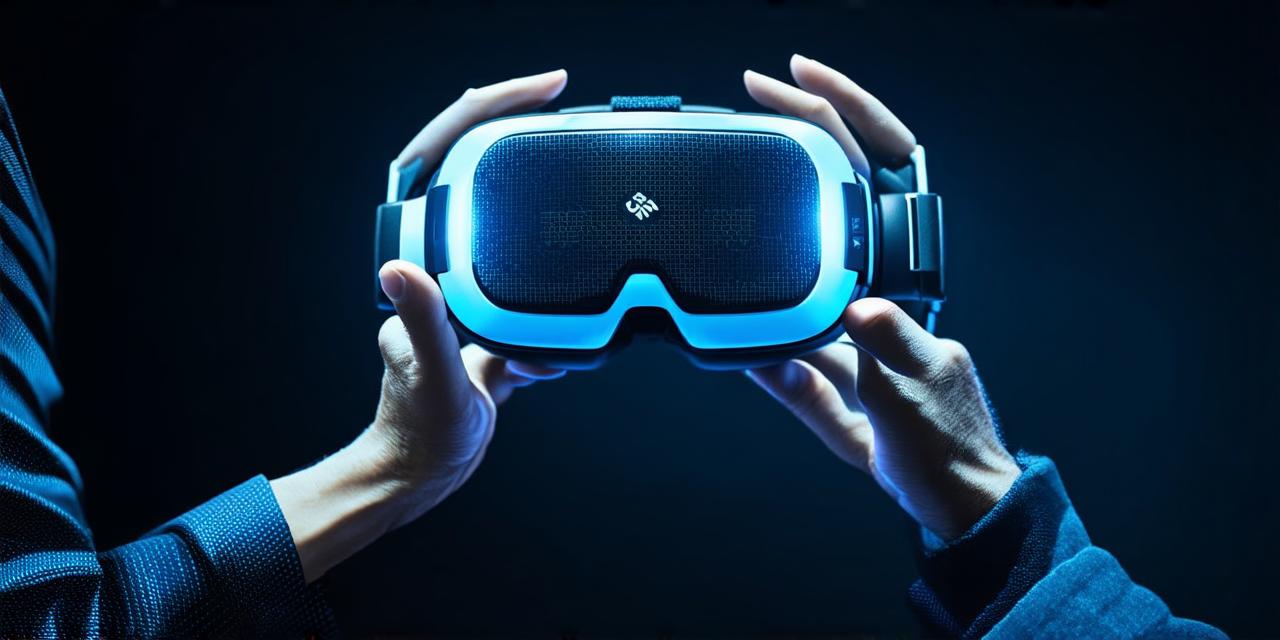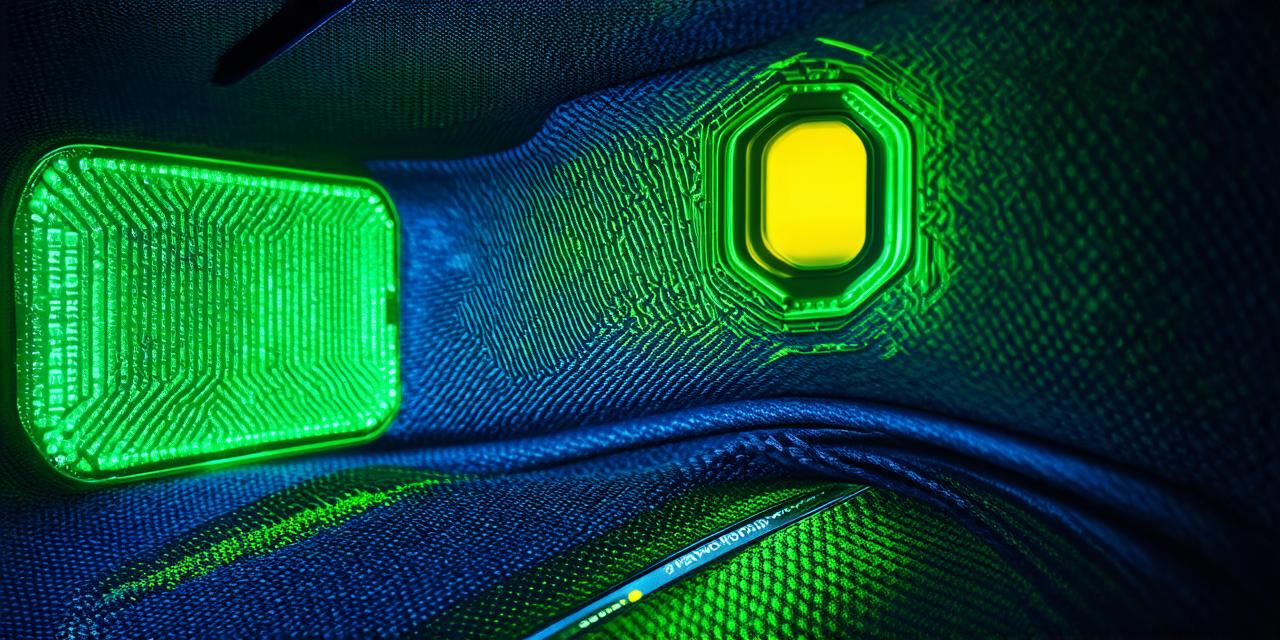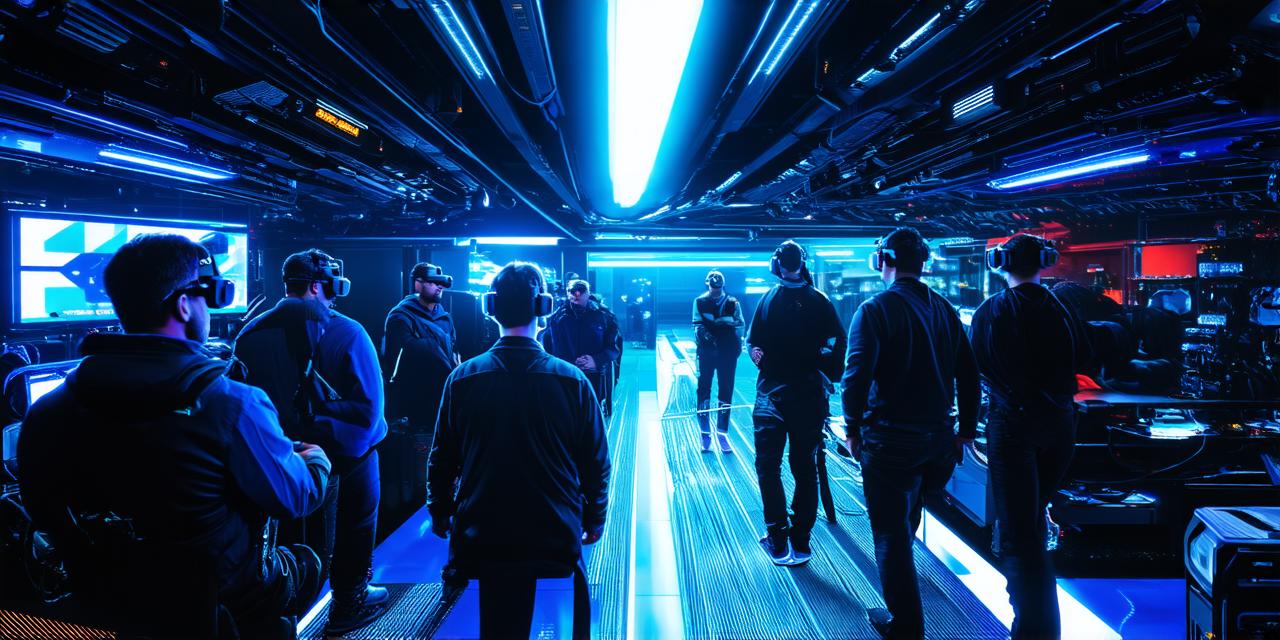Virtual reality (VR) is a computer-generated simulation of a 3D environment that can be interacted with and explored by a person using a specialized headset or other sensory devices. It allows users to enter a simulated world and perform actions in it as if they were real.
The Cost of Virtual Reality
The cost of virtual reality can vary greatly depending on the type of VR system being used, the level of immersion required, and the intended application. Here are some factors that can affect the cost of VR:
-
Hardware: The hardware needed to run a VR system can be expensive. A high-end gaming PC with a powerful graphics card can cost thousands of dollars, while a dedicated VR headset like the Oculus Quest 2 can cost around $300.
-
Software: The software required for VR development can also be expensive. Unity, one of the most popular game engines for VR, offers a free version but requires a paid subscription for advanced features. Other software options can range from $50 to several thousand dollars.
-
Content creation: Creating content for VR can be time-consuming and expensive. Developers need to consider factors like 3D modeling, texturing, and animation when creating immersive experiences. This process can require specialized skills and tools, which can increase the cost of content creation.
-
Maintenance and support: VR systems require regular maintenance and updates to keep them running smoothly. This can add to the overall cost of ownership, particularly for enterprise-level systems.
Real-Life Examples of Virtual Reality in Action
Virtual reality is being used in a variety of industries, from gaming and entertainment to education and healthcare. Here are some real-life examples:
-
Gaming: VR gaming has become increasingly popular in recent years, with games like Beat Saber, Half-Life: Alyx, and The Room VR: A New Beginning gaining critical acclaim. These games offer immersive experiences that transport players into a simulated world.
-
Education: Virtual reality is being used to enhance the learning experience in a variety of subjects. For example, medical students can use VR simulations to practice surgeries, while history students can explore ancient civilizations in a virtual environment.
-
Healthcare: VR is being used in healthcare to treat phobias, anxiety disorders, and post-traumatic stress disorder (PTSD). It can also be used for physical rehabilitation, such as helping patients with stroke recovery.
-
Training: Many industries use VR for training purposes, such as military personnel using VR simulations to practice combat scenarios or pilots using VR simulators to practice flying.

Case Studies and Personal Experiences
There are many case studies and personal experiences that demonstrate the potential of virtual reality. Here are a few:
-
A study published in the journal Frontiers in Psychology found that participants who underwent exposure therapy using VR were more likely to overcome their phobias than those who did not use VR. This demonstrates the potential of VR for treating mental health conditions.
-
In 2019, NASA launched an experiment using VR to simulate a lunar mission. The experiment allowed astronauts to practice tasks in a virtual environment before embarking on the actual mission, which helped to reduce the risk of errors and improve overall safety.
-
A teacher at a school in California began using VR to enhance the learning experience for her students. She used VR simulations to take her students on virtual field trips to historical sites and even created a VR game that taught students about the solar system.
Expert Opinions and Research
Experts in the field of virtual reality believe that its potential is just beginning to be realized.




